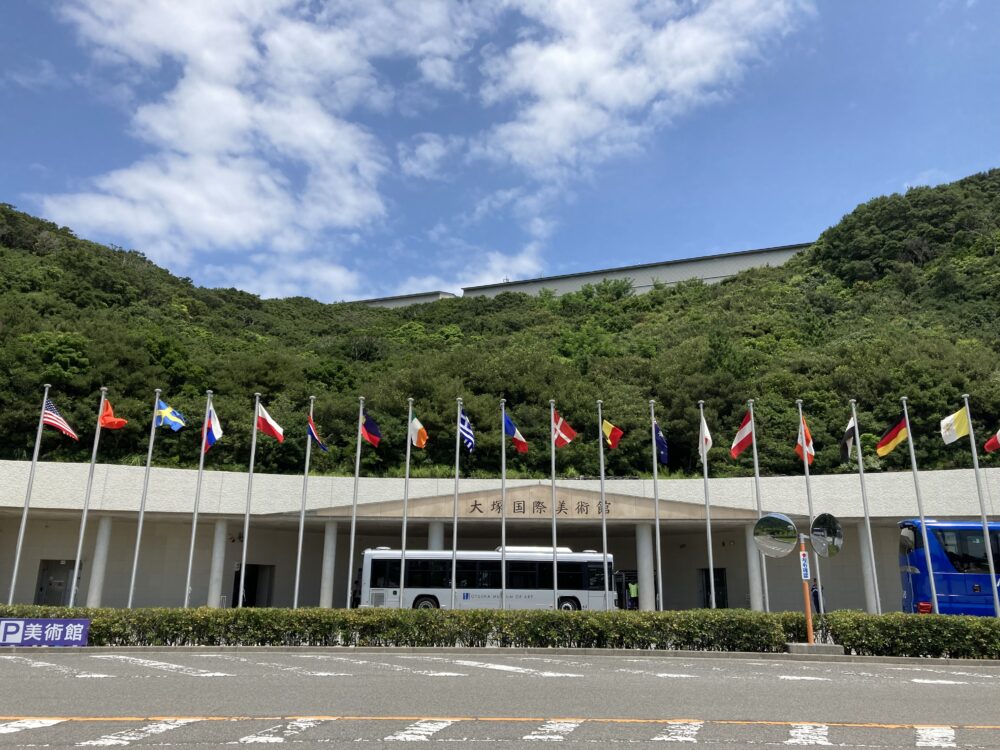
Located in Naruto, Tokushima Prefecture, the Otsuka Museum of Art offers a unique, hands-on museum experience you won’t find anywhere else.
Instead of original artworks, this museum features life-size reproductions of famous masterpieces by Monet, da Vinci, Van Gogh, and many others. But don’t expect ordinary replicas—these are made using highly durable ceramic panels that closely mimic the look and feel of the real thing. Many of the displays are even touchable, adding to the immersive experience.
The museum houses around 1,000 works in total, with a viewing route stretching about 4 kilometers (2.5 miles). To fully appreciate everything, you may need more than just one day—multiple visits are actually recommended.
Another unique feature is the museum’s architecture. Built into the slope of a mountain inside a national park, the building had to comply with height restrictions under Japan’s Natural Parks Act. As a result, much of it is underground, with the main entrance located on the basement level and the rooftop serving as the “first floor”. It’s a one-of-a-kind structure that blends art with nature.

Museum Floor Map: Travel Through Art History
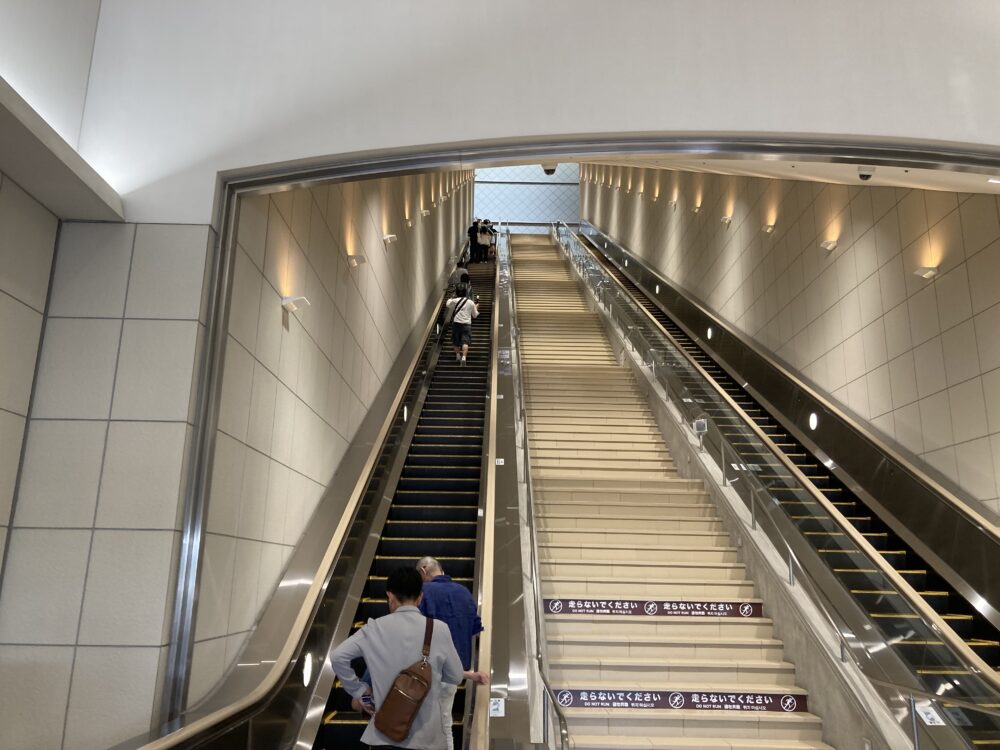
After riding a 41-meter-long escalator from the entrance, you’ll arrive at Basement Level 3, the starting point of your journey through time. Artworks are displayed by historical period across the different floors, from ancient times to modern art.
B3F – Ancient and Medieval Art
This floor features large-scale recreations of the Sistine Chapel, the Scrovegni Chapel, Greek vase paintings, Pompeian murals, mosaic art, Byzantine icons, and church frescoes. You’ll be amazed at how the texture of wall paintings is faithfully reproduced—even though they’re made of ceramic!
B2F – Renaissance & Baroque
Explore the golden age of Western art with Renaissance masterpieces by Botticelli and Leonardo da Vinci, as well as Baroque works by Rembrandt and Vermeer.
B1F – Baroque to Modern Art
Enjoy Romantic works by Delacroix, rural landscapes from the Barbizon School like those by Millet, and Impressionist favorites such as Manet, Renoir, and Van Gogh. Many visitors stop in their tracks, recognizing one famous painting after another.
1F–2F – Modern & Thematic Exhibits
In these upper levels, you’ll find thematic galleries that explore unique topics like “Scenes of the Dining Table” or “Spatial Expression”. Here, you can compare artworks across different periods in a fresh and engaging way.
Don’t Miss: Full-Scale “Environmental Exhibits” That Recreate Entire Spaces
One of the top highlights at the Otsuka Museum of Art is its stunning “environmental exhibits.”
These displays go far beyond simply hanging paintings—they recreate entire architectural spaces like chapels and ancient ruins at full scale.
From the murals to the arches and columns, even the overall dimensions of the space are faithfully replicated. It’s so realistic, you might forget you’re still in Japan.
Sistine Hall (Basement Level 3)
This breathtaking hall is a life-size replica of the Sistine Chapel in the Vatican.
Here, you can experience Michelangelo’s masterpieces like The Creation of Adam on the ceiling and The Last Judgment on the wall—in 360-degree panoramic view.
And since everything is reproduced on durable ceramic panels, the artwork will never fade or deteriorate. You can enjoy these iconic images for generations to come.
In case you’re wondering, the original chapel was commissioned by Pope Julius II in 1508, and Michelangelo completed the ceiling after four years of work. He later added The Last Judgment on the altar wall over an eight-year period starting in 1533.
In the real Vatican, viewing the Sistine Chapel can be crowded and stressful, with tight security and limited time. But here, you can take your time and appreciate the art in peace.
Scrovegni Chapel (Basement Level 3)
Step into a serene space painted in shades of blue—this is a full-size recreation of the Scrovegni Chapel in Padua, Italy.
The interior is adorned with frescoes by Giotto di Bondone, painted in the early 1300s. His series on the life of Christ is considered one of the most important artworks from the dawn of the Renaissance.
In the actual chapel, visits are limited to 25 people for 20 minutes at a time. But at the Otsuka Museum, you’re free to stay as long as you like, admire the details from any angle, and enjoy a truly unhurried art experience.
Venus on the Shell (Basement Level 3)
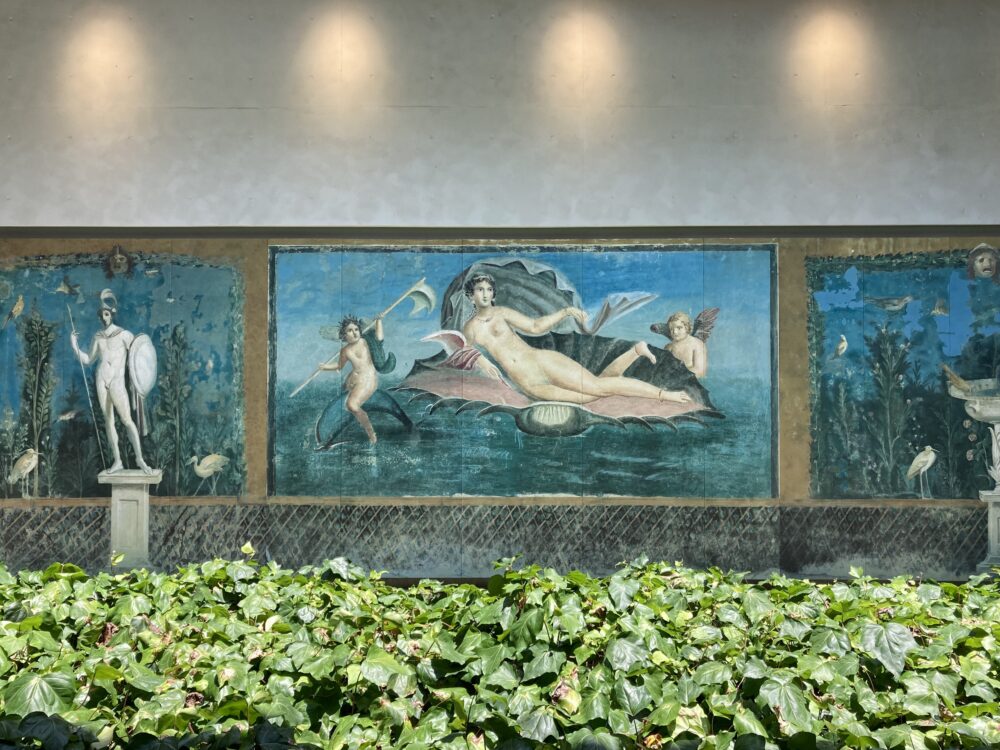
Another must-see is “Venus on the Shell,” a Roman wall painting discovered in the ruins of Pompeii, southern Italy.
As you may know, Pompeii was buried under volcanic ash during the eruption of Mount Vesuvius in 79 AD. Ironically, that disaster helped preserve the city’s wall paintings and mosaics.
At the Otsuka Museum, this piece is displayed outdoors in a courtyard to recreate the feel of an ancient ruin. With the sky above you, it feels as if you’ve stepped into a real Roman archaeological site.

Monet’s “Water Lilies” (Basement Level 2)
One of the most impressive outdoor exhibits is Claude Monet’s “Water Lilies.”
The original, located at the Musée de l’Orangerie in Paris, is a massive wall installation that Monet created in his later years as his ultimate decorative project.
Here, it’s been reproduced outdoors—just as Monet himself had wished. He once expressed a strong desire for his paintings to be displayed in natural light. While that’s impossible with real oil paintings, ceramic panels make it possible.
Because they are resistant to weather and aging, ceramic panels allow visitors to see how the work changes with the light, creating an immersive experience you can’t get indoors.
The area also features a pond with real blooming water lilies, usually in season from mid-June to September. The seamless connection between the artwork and nature creates a magical space—a living Impressionist painting.
It’s something that photos can’t capture. You have to experience it for yourself.
Why Ceramic Artworks Look So Real: The Craftsmanship Behind the Scenes
What makes the Otsuka Museum of Art so impressive is its use of “ceramic masterpieces”—a special reproduction technique developed and perfected in Japan.
Each ceramic panel is carefully crafted by Otsuka Ohmi Ceramics Co., Ltd., located in Shiga Prefecture. The result is so detailed and lifelike, you’ll find yourself asking, “Wait… this isn’t the original?”
How Ceramic Masterpieces Are Made
First, a high-resolution image of the artwork is transferred onto a ceramic base and fired in a kiln.
Then comes the real artistry—skilled craftspeople apply glazes by hand to enhance colors and textures that can’t be captured by printing alone.
Here’s the tricky part: glaze colors change during firing.
So the artisans have to imagine how the colors will look after the kiln process. It’s like painting with invisible ink—you need experience in both ceramics and fine art to get it right.
What’s more, they use a palette of around 20,000 glaze colors to replicate everything from glossy highlights to matte surfaces. The level of detail is so high that you’ll keep asking yourself, “Is this really ceramic?”
Each piece goes through multiple rounds of painting and re-firing, until it reaches perfection.
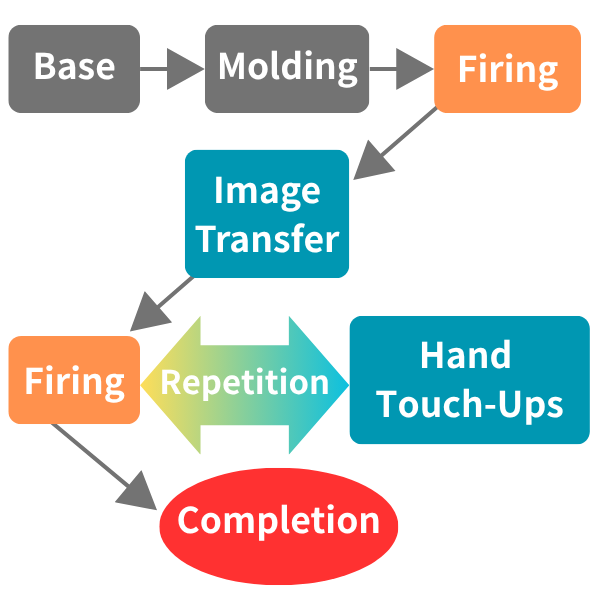
Even Brushstrokes Are Recreated – That’s Next-Level!
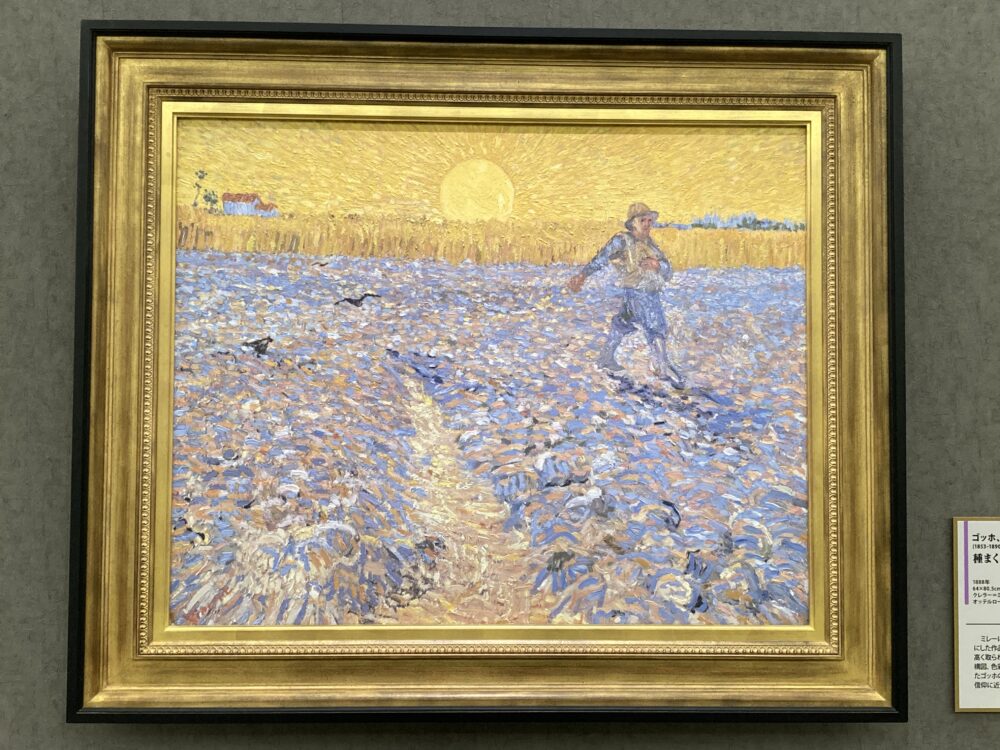
Let’s take a closer look at Van Gogh’s The Sower, on display at the museum.
From up close, you’ll notice the texture looks like real brushstrokes.
Surprisingly, this effect isn’t from actual paint. Instead, the surface was sculpted during the ceramic molding stage to mimic Van Gogh’s technique.
In other words, the ceramic piece was designed from the start to replicate the artist’s brushwork in 3D.
At this point, it’s more than a reproduction—it’s a sculptural artwork in its own right.
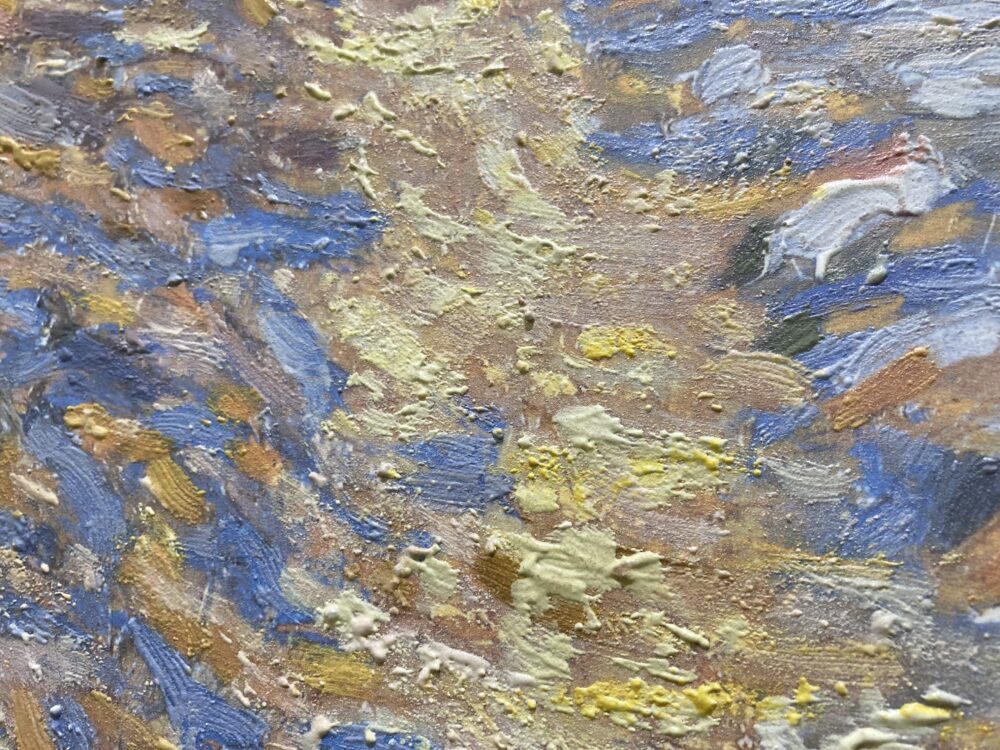
Even Cracks and Weathering Are Preserved
The dedication doesn’t stop at paintings.
For ancient wall murals in the museum’s collection, you’ll even see cracks, flaking, and other signs of aging, faithfully reproduced. The realism is almost obsessive—and that’s exactly why it’s so powerful.
You really need to see and touch these works in person to understand just how extraordinary they are.
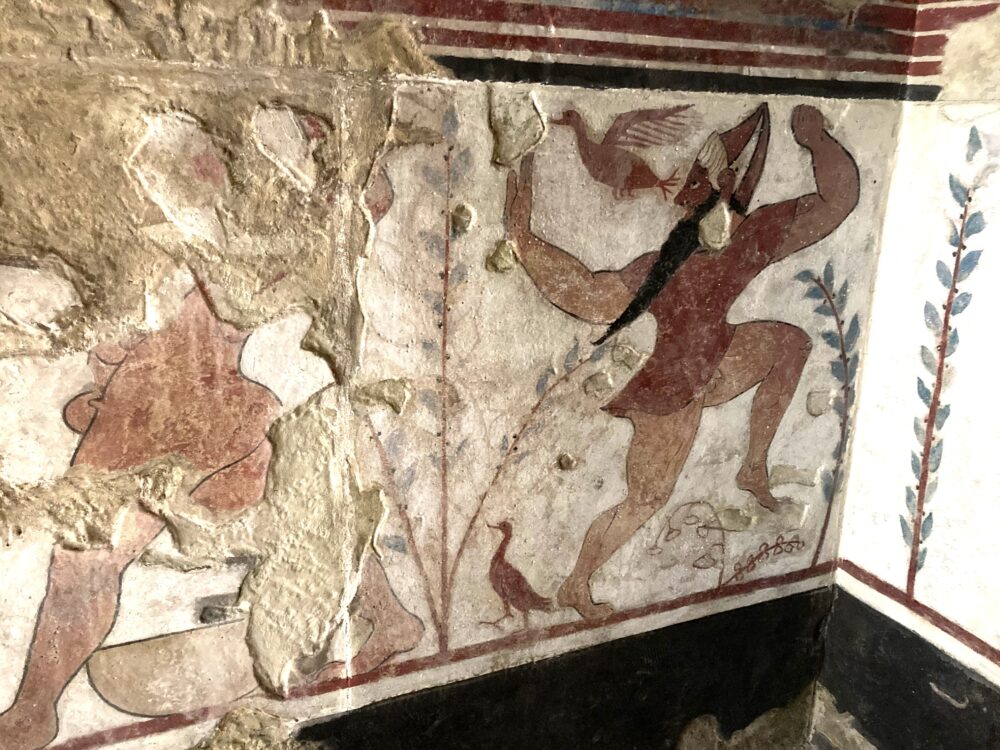
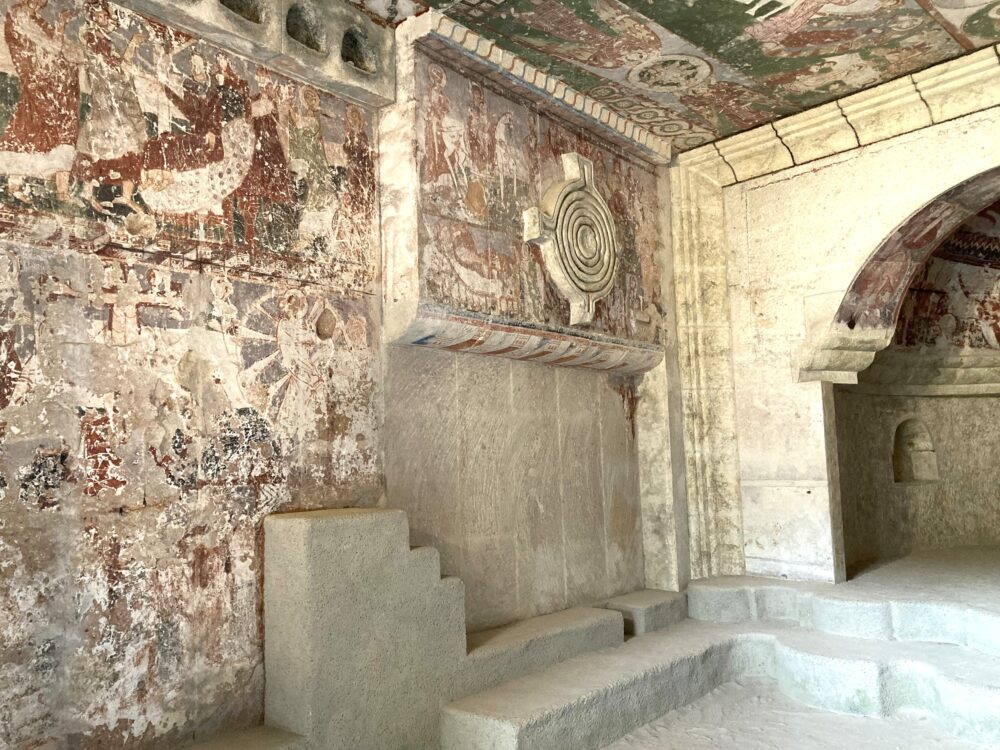
Conclusion: Preserving Great Art for the Future — A Gateway to the World of Art
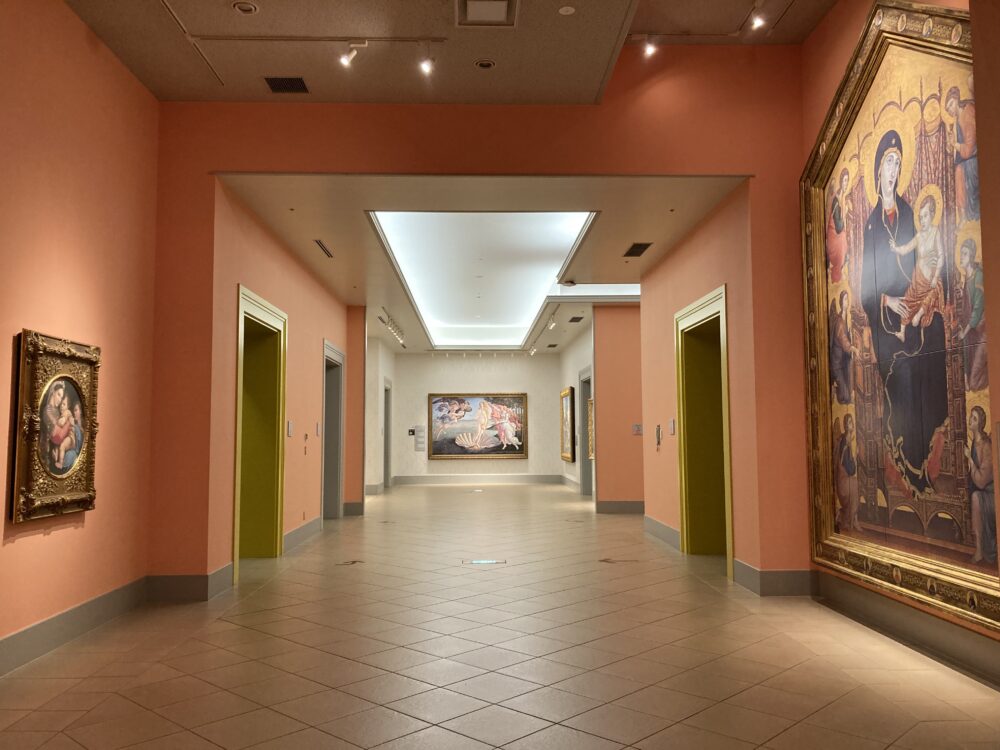
Today, we think of paintings as “fine art.” But originally, art had a much more practical purpose: it was a way to record stories, religion, and history—especially before photography or video existed.
That’s why techniques like fresco and oil painting were developed to last for centuries.
But even the most durable masterpieces can’t escape the effects of time, decay, or damage. Many famous works have faded, been destroyed, or lost their original form.
This is exactly why the ceramic reproduction technique was created—to preserve the life of great art into the future.
Each ceramic panel at the Otsuka Museum of Art is fired at 1,300°C for over 8 hours, making it incredibly durable.
The colors are said to stay vibrant for over 2,000 years. Combine that with 3D texturing that recreates brushstrokes and the use of around 20,000 custom glaze colors, and you get the museum’s signature ceramic masterpieces.
These aren’t just replicas.
They’re made with a deep dedication to match the color, texture, and feel of the originals as closely as possible.
Behind that effort is a powerful message:
“We want future generations to see these works in their true form.”
“We want to preserve this legacy for centuries to come.”
A Museum Experience That Goes Beyond Paintings
One thing that makes the Otsuka Museum of Art so special is that you don’t just see the paintings—you step inside the spaces where they were meant to be viewed.
For example, the Sistine Chapel and Scrovegni Chapel are recreated in full scale.
Normally, you’d need to fly overseas to see them. But here, you can enjoy these breathtaking spaces with no travel stress, no crowds, and no time limits.
This kind of immersive, international-level experience is only available here in Japan.
Perfect for First-Time Museum Visitors
- “Art museums seem a little intimidating…”
- “I’d love to see famous art, but traveling abroad is hard…”
If this sounds like you, the Otsuka Museum of Art is the perfect place to start.
It’s a friendly and inspiring gateway into the world of art.
And whether you’re an art lover or a total beginner, this place will leave a lasting impression.
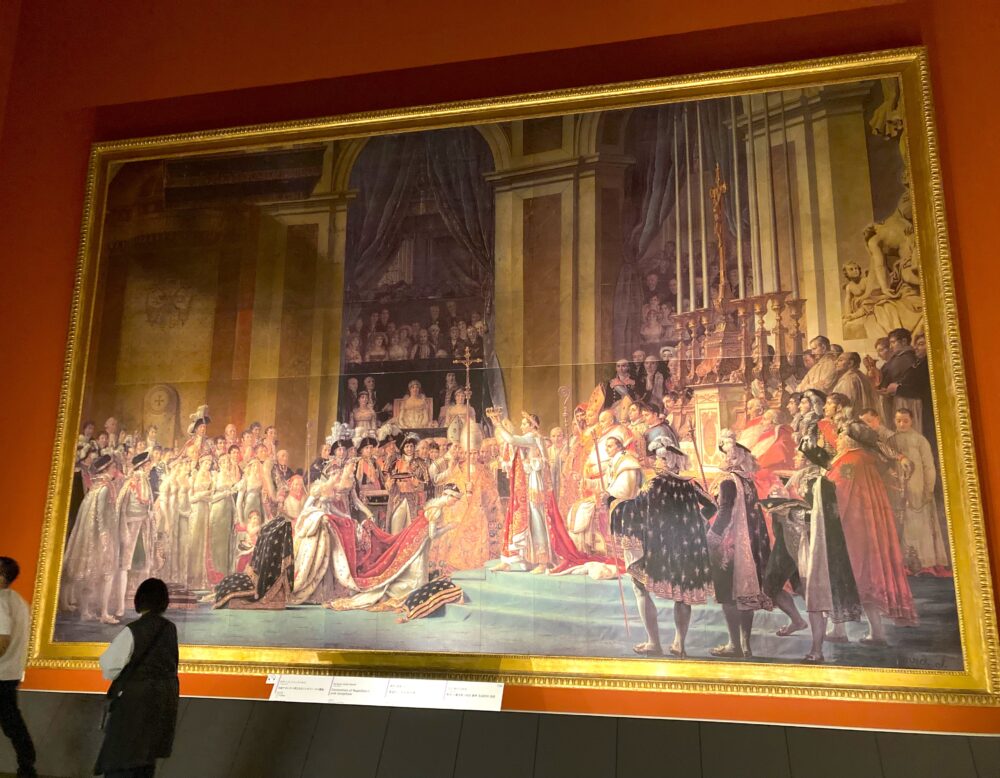
Otsuka Museum of Art – Visitor Info
Location: 65-1 Tosadomariura Fukuike, Naruto-cho, Naruto City, Tokushima Prefecture, Japan
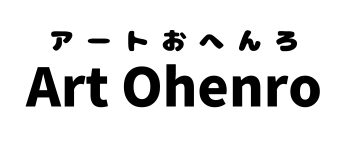







































Comments